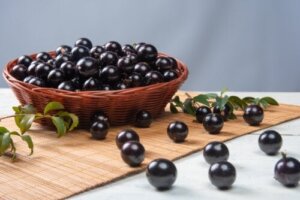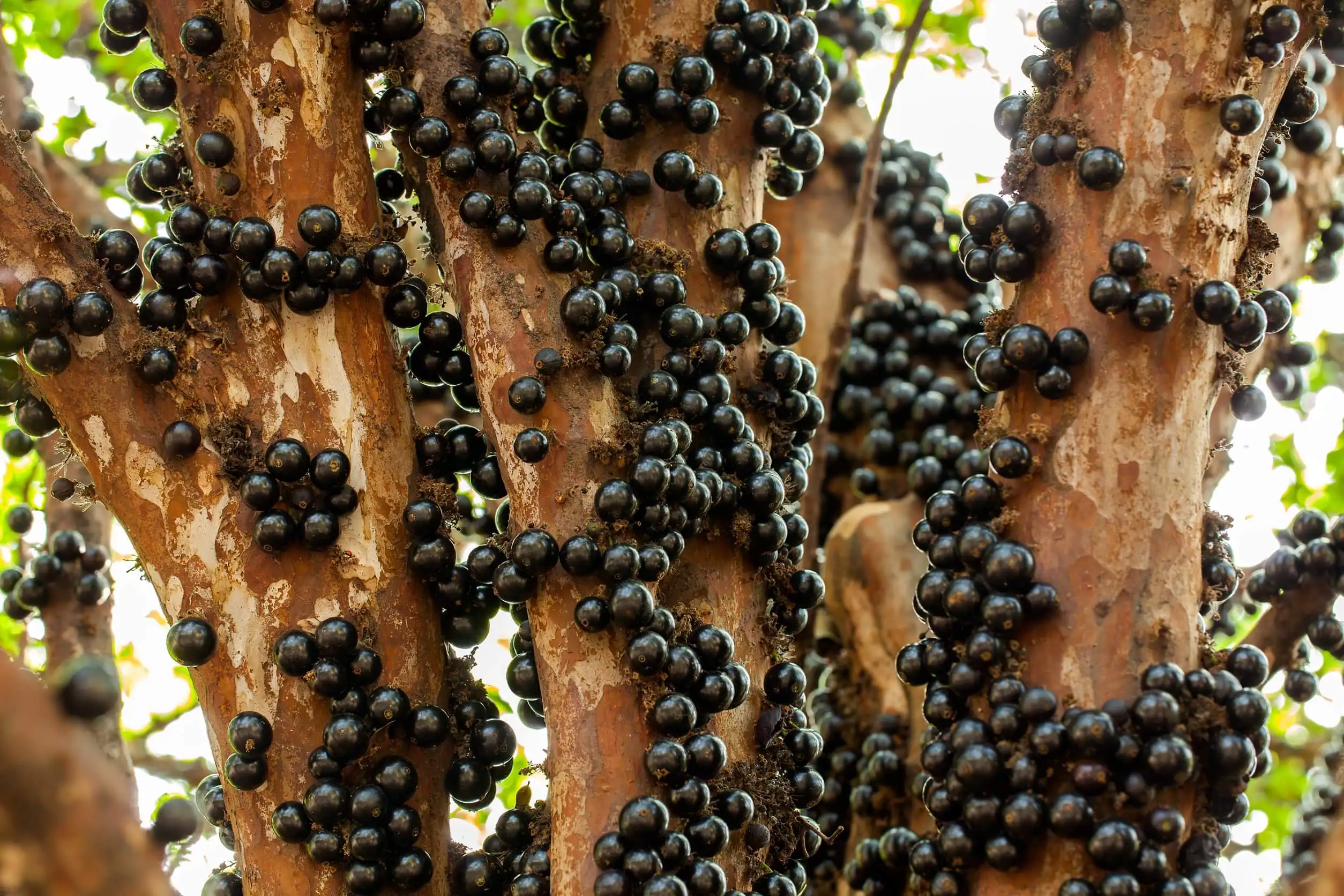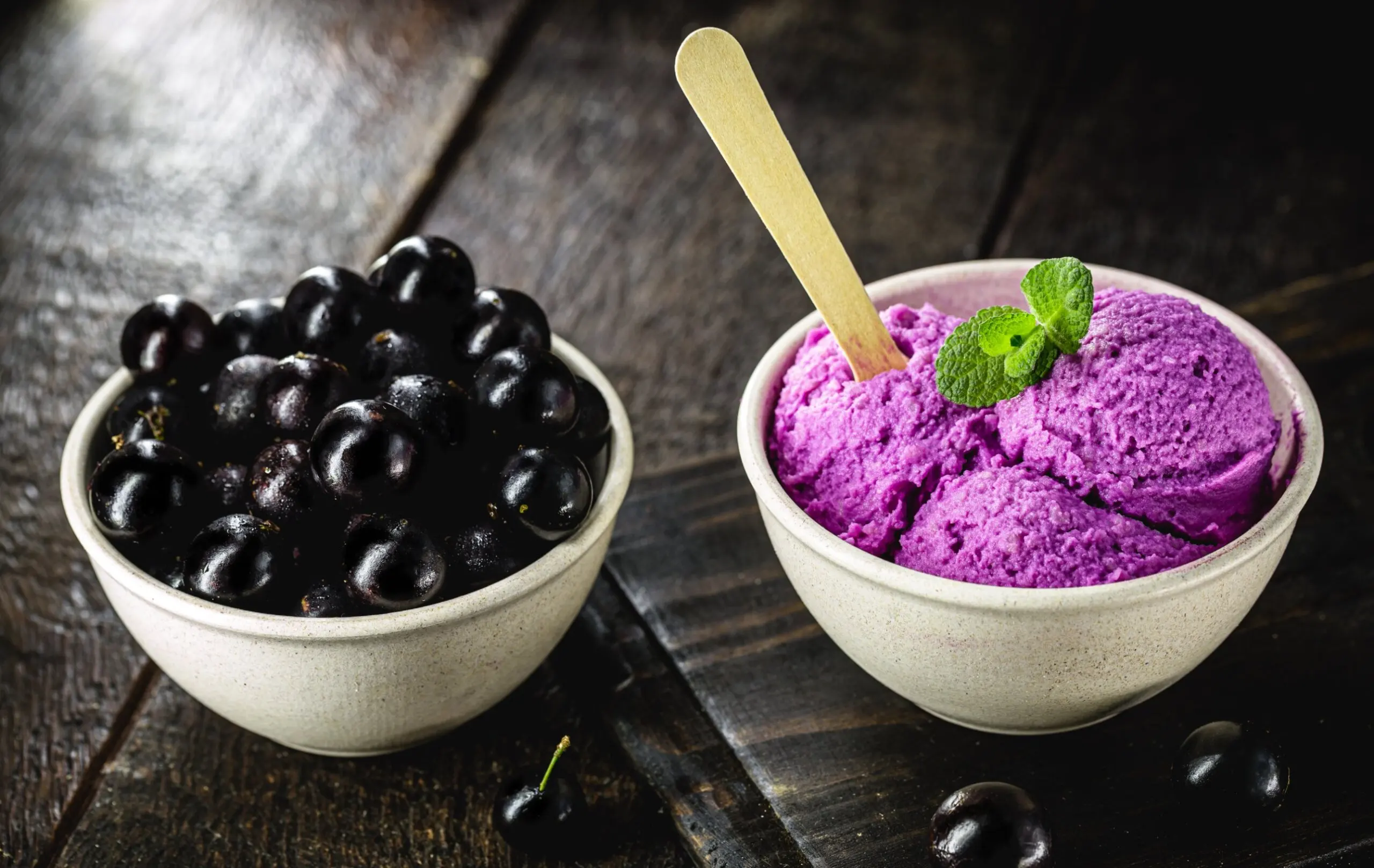Jabuticaba Fruit: Benefits and How to Consume It


Written and verified by the nutritionist Saúl Sánchez Arias
The jabuticaba is an exotic fruit with a high vitamin C content that can produce several health benefits. It also contains many quality antioxidants, so its inclusion in the context of a varied and balanced diet is more than recommended. We’re talking about a small fruit with a purple skin, which is readily available in countries like Brazil.
Before we begin, we must emphasize the need to ensure the presence of vegetables in the diet on a regular basis. These foods have a high nutritional density, so they’re able to reduce the risk of suffering deficits that end in the genesis of chronic and complex pathologies over the years. In general, however, it’s good to prioritize vegetables over fruits.
What is jabuticaba?

As we have already mentioned, the jabuticaba is an exotic fruit from South America that contains significant doses of vitamins, antioxidants and fiber. It sprouts in the stem of a plant and not in the flowers. It can even be found in supermarkets in the form of flour. It’s usually consumed raw or used for the preparation of different cakes and pastries.
Let’s now talk about its main benefits. This fruit can help boost the function of the immune system. Vitamin C has proven to be decisive in helping the innate and adaptive processes of the body’s defenses. Moreover, maintaining the levels in adequate ranges will help your body manage symptoms in the event of contracting an infection or pathology caused by viruses.
It could even be positive in preventing the development of some chronic and complex diseases, such as certain types of cancer. This is due to the action of antioxidants.
These elements neutralize the formation of free radicals and their subsequent accumulation in the body’s tissues. This effect is key to avoiding problems in cell and DNA replication. This is stated in a study published in Current Pharmaceutical Design.
Finally, it’s worth mentioning the ability of this fruit to prevent constipation. This occurs thanks to the fiber, which increases the volume of the fecal bolus and causes a greater activation of the mechanoreceptors of the digestive tube. There’s evidence that this substance can help treat various intestinal problems, thus achieving a better state of health in the medium term.
Another great article for you: 4 Exotic Fruits and Vegetables You’ve Probably Never Heard Of
Nutritional information of jabuticaba
From a nutritional point of view, jabuticaba provides about 58 calories per 100 grams (4 oz) of product. For this reason, it can be included without problem in a hypocaloric diet with the objective of weight loss.
However, most of the macronutrients it concentrates are simple sugars. Specifically, it provides 15.3 g of carbohydrates per 100g of food. These elements will not be too problematic as long as they are included in the context of a varied diet and as long as regular physical exercise is performed.
As far as micronutrients are concerned, the concentration of potassium, calcium, phosphorus, magnesium, and vitamin C is outstanding. It also has a high dose of zinc. Thanks to all these substances, a state of homeostasis is maintained in the internal environment, ensuring that physiological processes develop properly and efficiently.
You may also be interested in: 7 Iron-Rich Fruits to Include in Your Diet
How to consume it?

When it comes to consuming jabuticaba, different options can be implemented. Using it raw is an alternative to consider. However, it’s very tasty when used in the preparation of jellies, juices, mousses, or cakes. You can even get the product in powder form to add it to smoothies, yoghurts, or bread.
Please note that you shouldn’t get rid of the peel of the fruit. This is where most of the fiber is concentrated. If only the pulp is used, you would experience a more significant alteration of blood glucose levels, which, in the medium term, translates into problems related to the functioning of the pancreas.
Jabuticaba, a fruit with positive health properties
As you have seen, the jabuticaba is an exotic fruit that stands out for its nutritional density. It’s a fruit that can be included in the context of a varied diet to maintain a good state of health in the medium and long term. After all, the presence of exotic fruits in routines is usually recommended, as they’re a source of high quality antioxidants.
Finally, it should be noted that it’s always better to eat the fruit raw than in the form of smoothies or just taking advantage of the juice. Otherwise, the fiber would be neglected. This substance is of vital importance in improving intestinal function. But it can also reduce the speed at which glucose enters the bloodstream, which will prevent the genesis of metabolic pathologies in the medium term.
All cited sources were thoroughly reviewed by our team to ensure their quality, reliability, currency, and validity. The bibliography of this article was considered reliable and of academic or scientific accuracy.
- Carr, A. C., & Maggini, S. (2017). Vitamin C and Immune Function. Nutrients, 9(11), 1211. https://doi.org/10.3390/nu9111211
- Poljsak, B., & Milisav, I. (2018). The Role of Antioxidants in Cancer, Friends or Foes?. Current pharmaceutical design, 24(44), 5234–5244. https://doi.org/10.2174/1381612825666190123112647
- Gill, S. K., Rossi, M., Bajka, B., & Whelan, K. (2021). Dietary fibre in gastrointestinal health and disease. Nature reviews. Gastroenterology & hepatology, 18(2), 101–116. https://doi.org/10.1038/s41575-020-00375-4
This text is provided for informational purposes only and does not replace consultation with a professional. If in doubt, consult your specialist.








